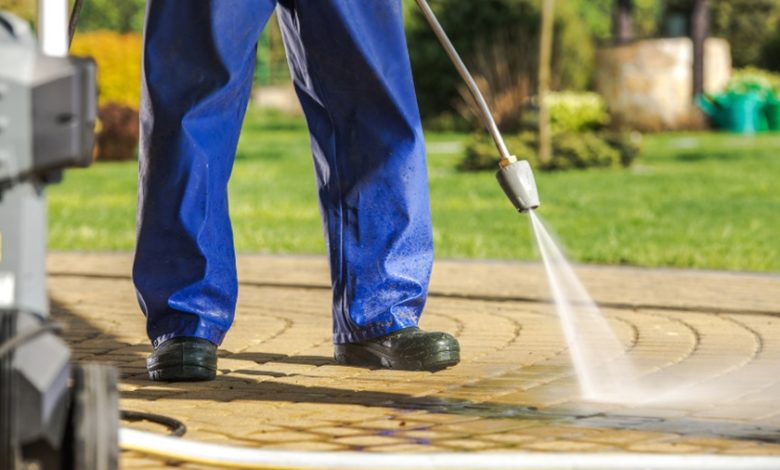How Does a Pressure Washer Work: The Science Behind Clean Surfaces

When it comes to cleaning stubborn stains, dirt, and grime, pressure washers are often the go-to solution. They are remarkably efficient, capable of removing even the most tenacious filth. But what is the science behind these useful gadgets, and how exactly do they work? In this article, we will unravel the mysteries behind the workings of a pressure washer and shed light on their power to clean surfaces effortlessly.
The Power of Pressure
Firstly, let’s talk about what pressure washing entails. At its core, a pressure washer is a device that creates a high-pressure water spray to blast away dirt, debris, and molds from various surfaces. A typical pressure washer consists of an electric or gas-powered motor, a pump, a hose, and a trigger gun.
The motor powers the pump, which then pressurizes the water from the hose. When the trigger gun is squeezed, this pressurized water is released in a powerful jet stream that can easily remove dirt and grime quickly. This power comes from the pressure of the water, which ranges from 1,000 to 4,000 pounds per square inch (PSI).
The Science of Pressure Washers
The science behind pressure washers is actually quite simple. It all boils down to the power of force and kinetic energy. A pressure washer has the ability to convert the energy created by its pump into a higher velocity of water, which results in more potent cleaning power. This high-pressure stream produces enough kinetic energy to effectively remove dirt and grime from a variety of surfaces.
The combination of high pressure and good water pressure allows the stream to penetrate deeper into the surface, thus providing better cleaning results. As an added bonus, this higher velocity helps minimize water usage, resulting in more efficient cleaning operations.
Pressure Washers for Different Jobs
It’s important to note that the power of a pressure washer is determined not only by its PSI but also by its flow rate. Pressure washers come in different models and configurations, each best suited for specific jobs. For example, a pressure washer with a higher PSI would be better for tackling tougher stains, while one with lower PSI may be more suitable for light cleaning tasks.
So by using the right PSI, taking into account the importance of sidewalk pressure washing, for instance, you can get the job done more easily and quickly. Remember, using the wrong PSI can damage your surface, so it’s important to choose the right one for your job. If you’re ever unsure, then consult a professional technician to help you out.
In Conclusion
Now that you have a better understanding of how pressure washers work, you can appreciate the science and engineering behind these powerful cleaning machines. From selecting the appropriate pressure washer type to understanding the importance of clean sidewalks, this knowledge will help you make more informed decisions. If you’re ready to take your cleaning game up a notch, then it’s time to invest in quality service for pressure washing in Venice, FL, to get the job done right. With the right pressure washing service, you can be sure that all your surfaces will be spick and span in no time.

